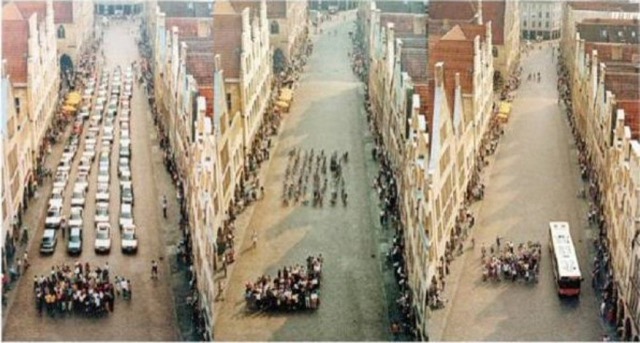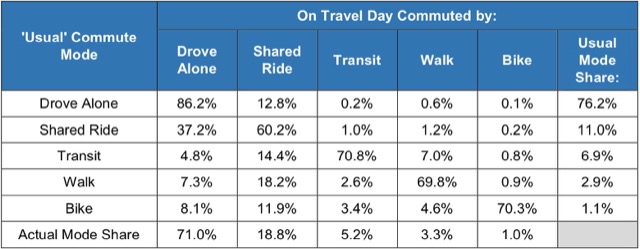The sales and other taxes recently imposed to help restore the DC Metro rail systems are highly regressive, according to an op-ed in the Washington Post written by scholars from the Maryland Public Policy Institute. The op-ed didn’t say so, but Metro’s ridership is equally regressive in that the riders are increasingly wealthy.
As can be found in Census Bureau data posted by the Antiplanner a month ago, Metro ridership has been growing fastest among people whose incomes are $65,000 and up. In 2010, the median income of DC transit commuters was 94 percent of the median income of the DC region as a whole. By 2017, it had increased to 112 percent of the region’s median income. So poor people are being forced to subsidize rides taken by high-income people.
The tilt towards high-incomes among transit commuters is celebrated by transit advocates as a good thing because it makes it easier to convince high-income people — who tend to have more political power than poor people — to support transit boondoggles. But anyone who thinks that government transit is anything but a way to swindle taxpayers out of their money for the benefits of a few well-off people simply hasn’t been paying attention. Continue reading









